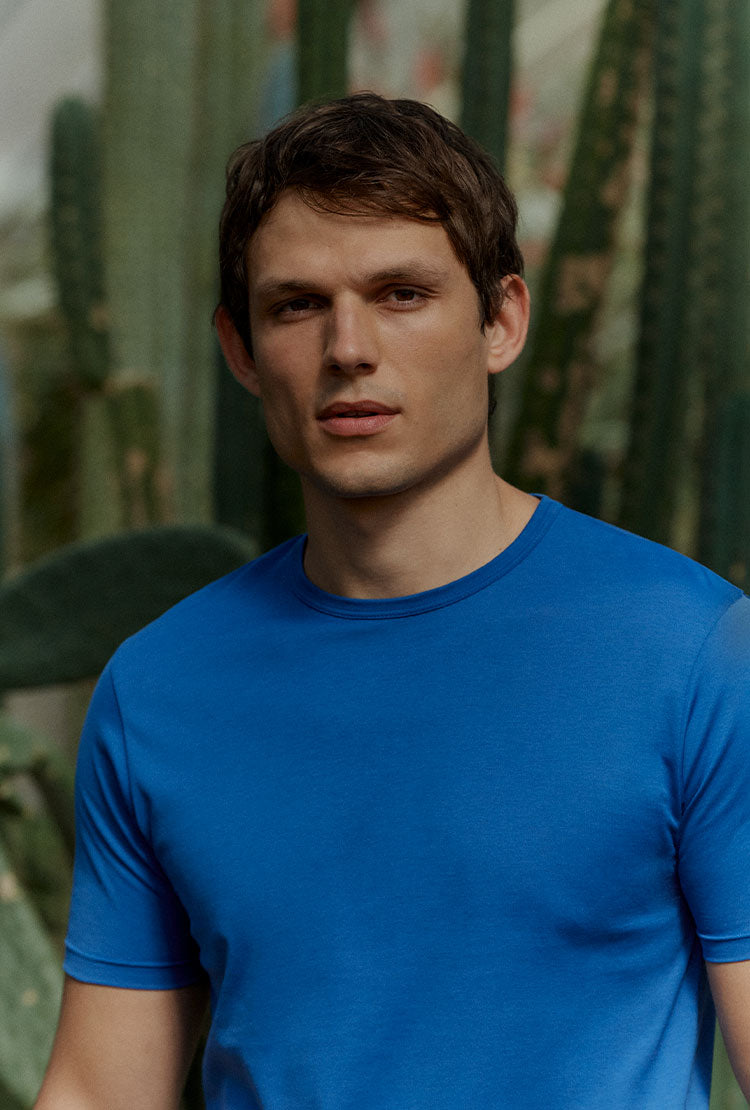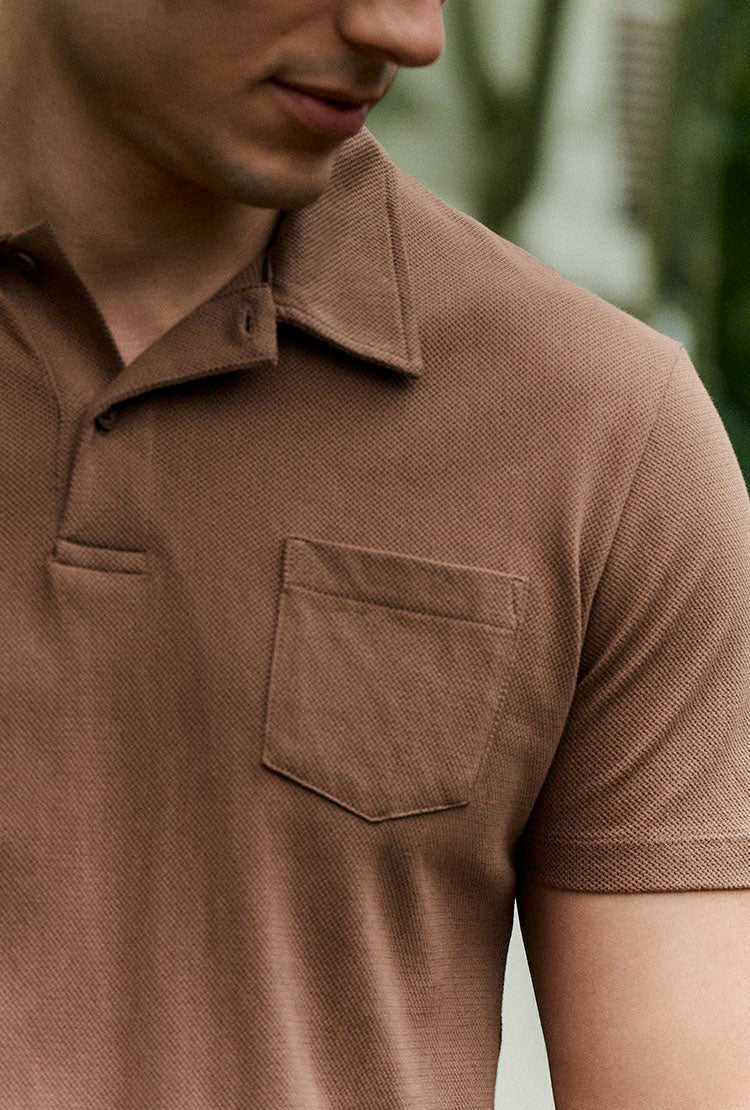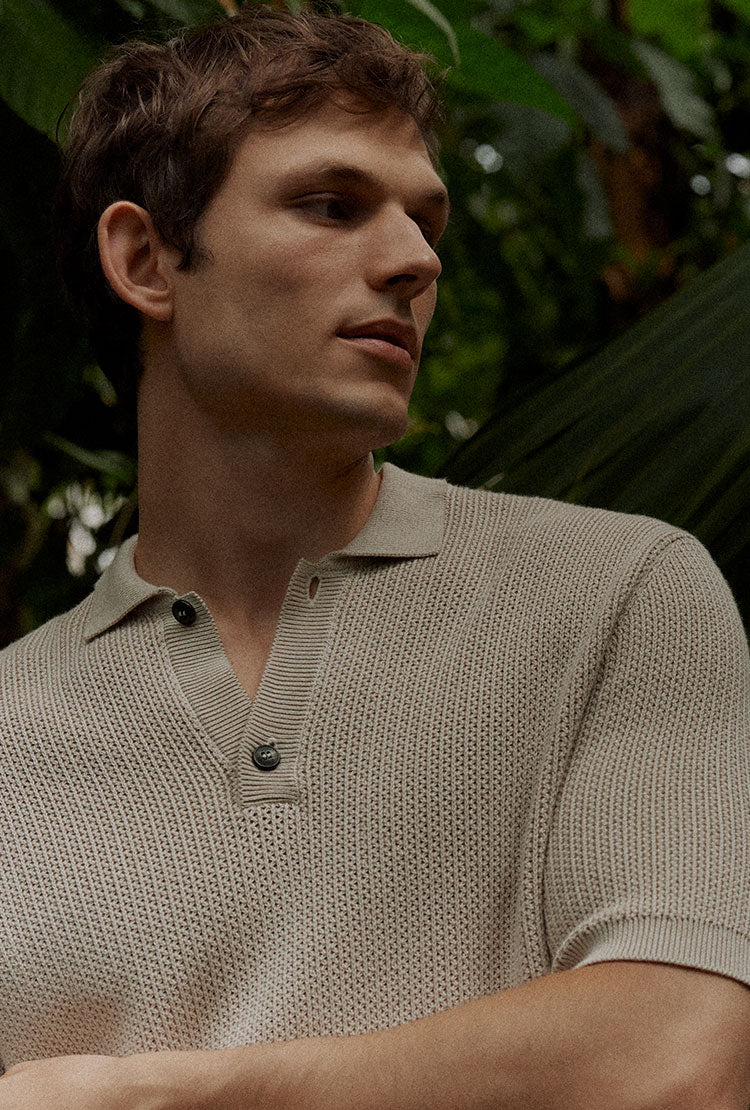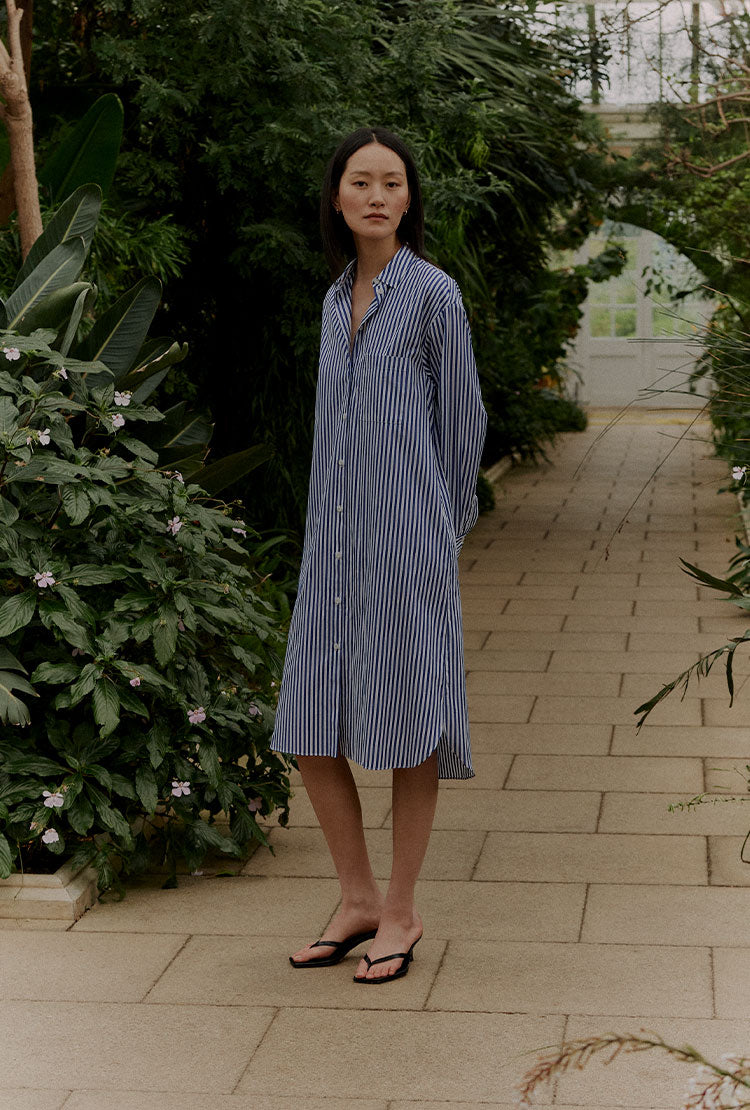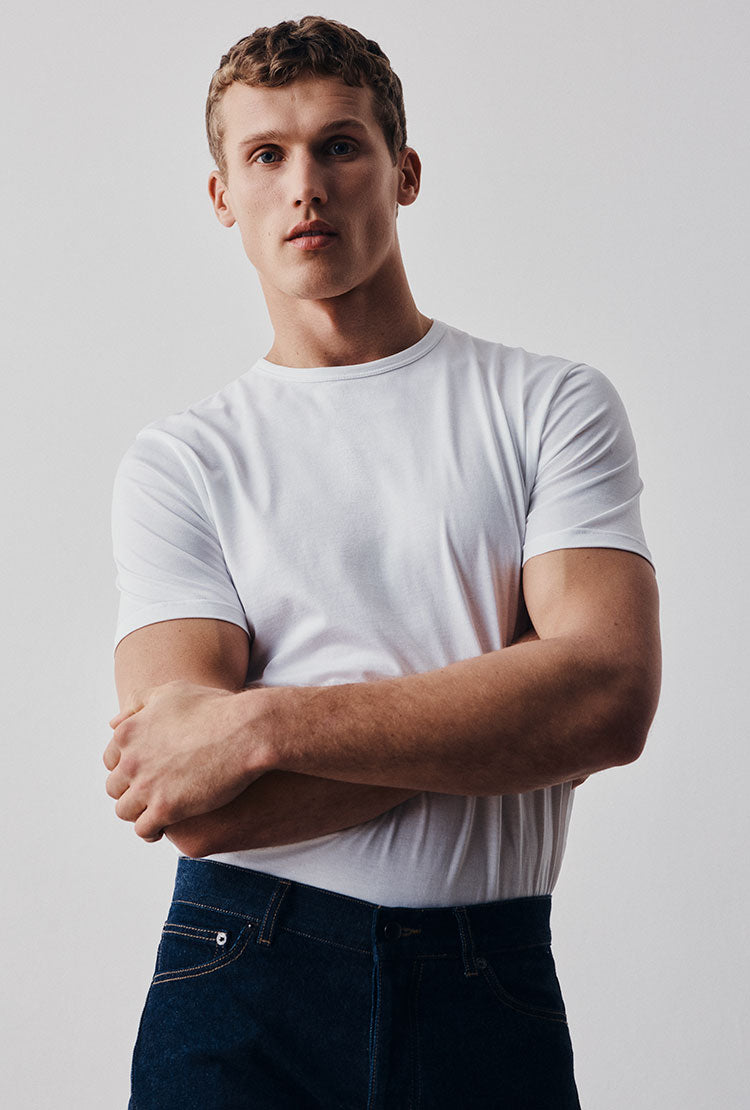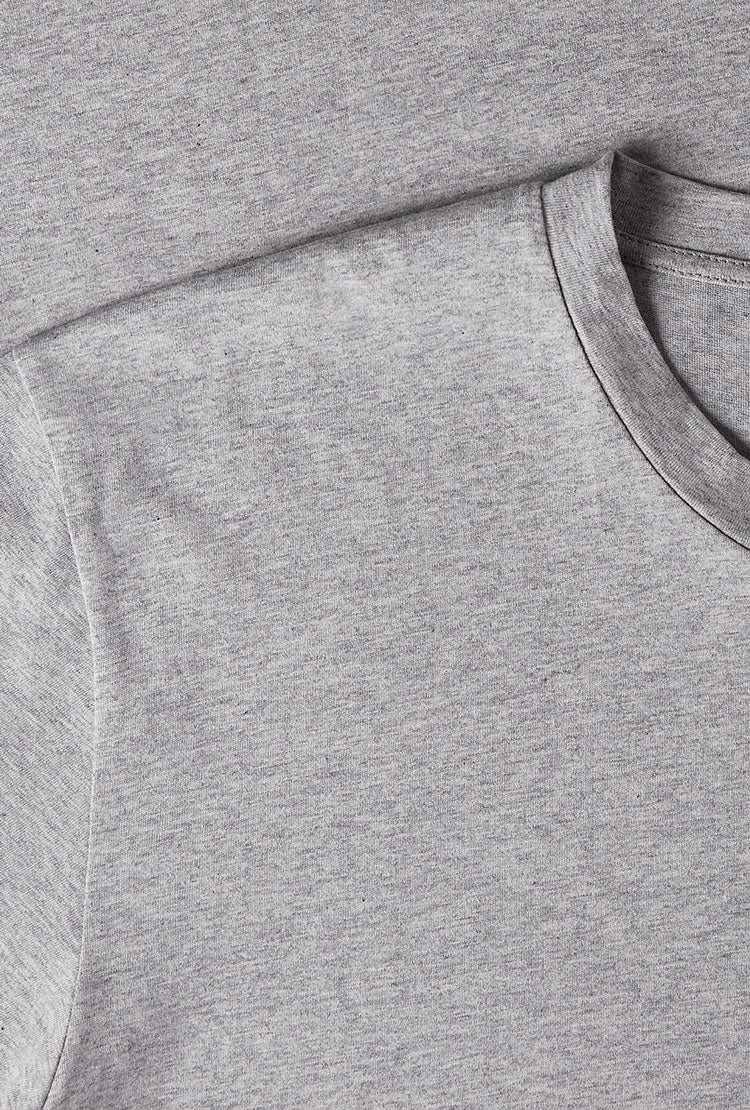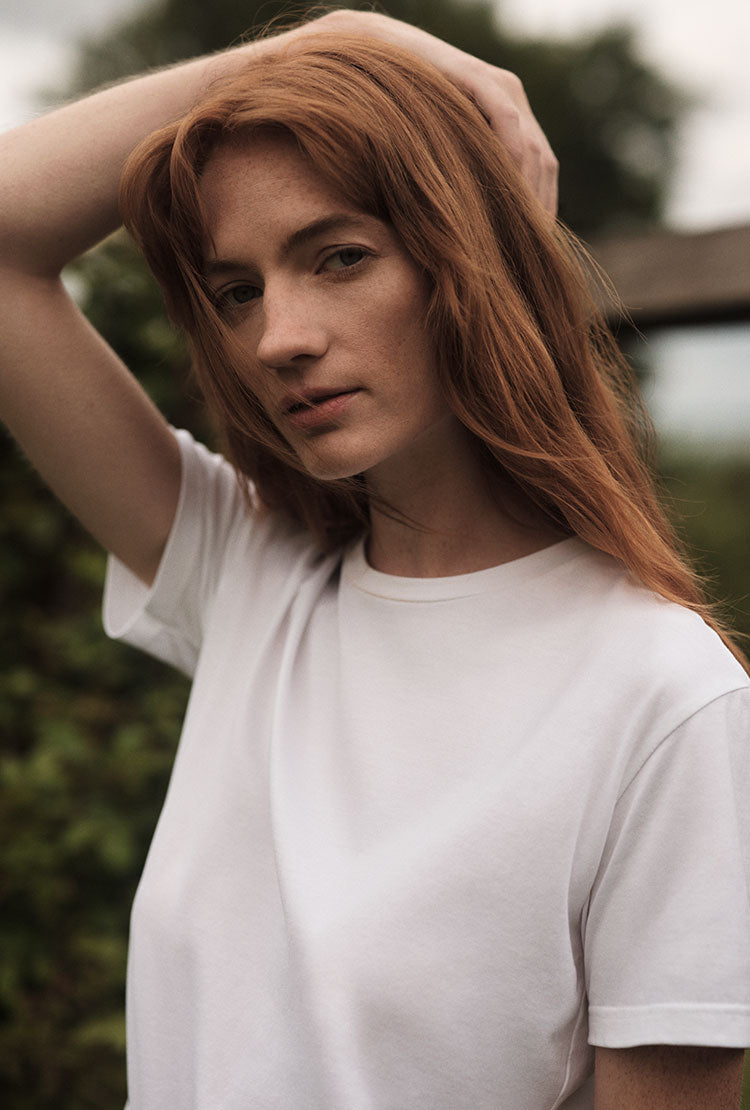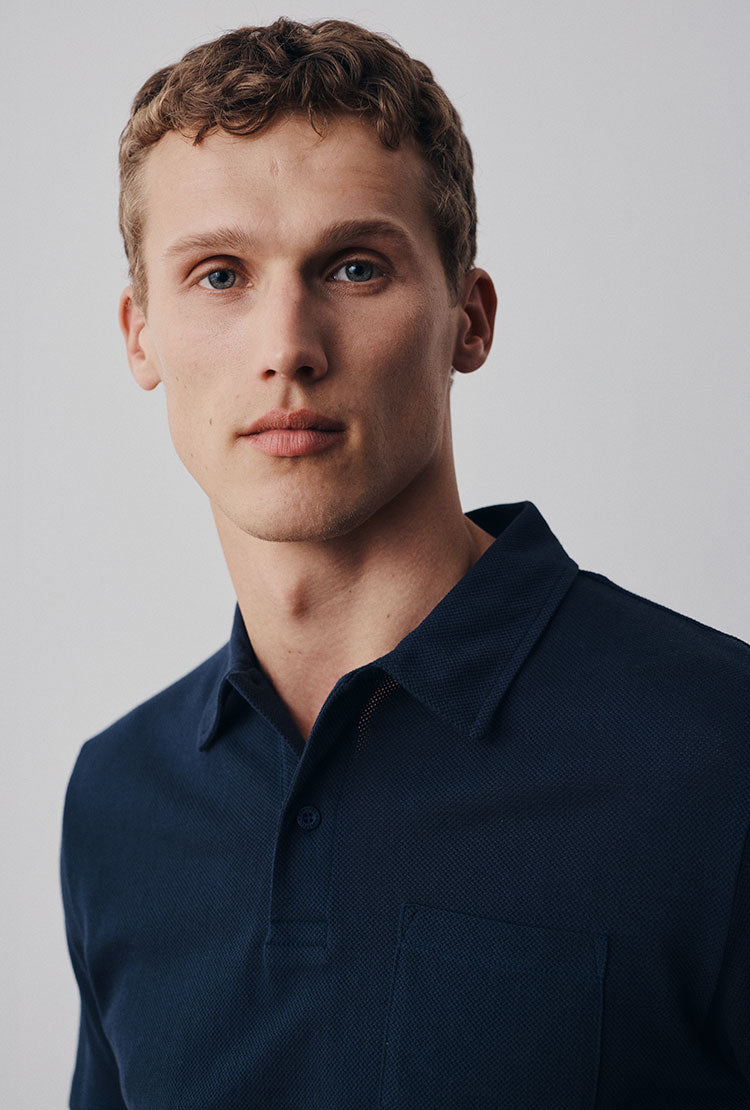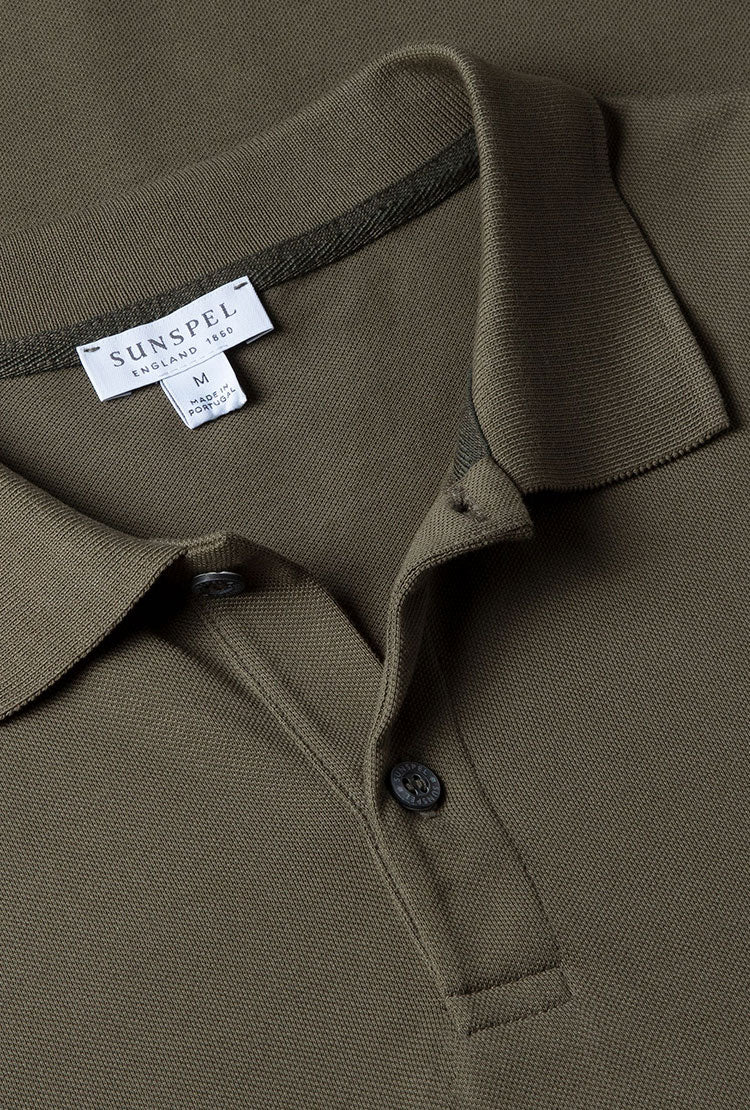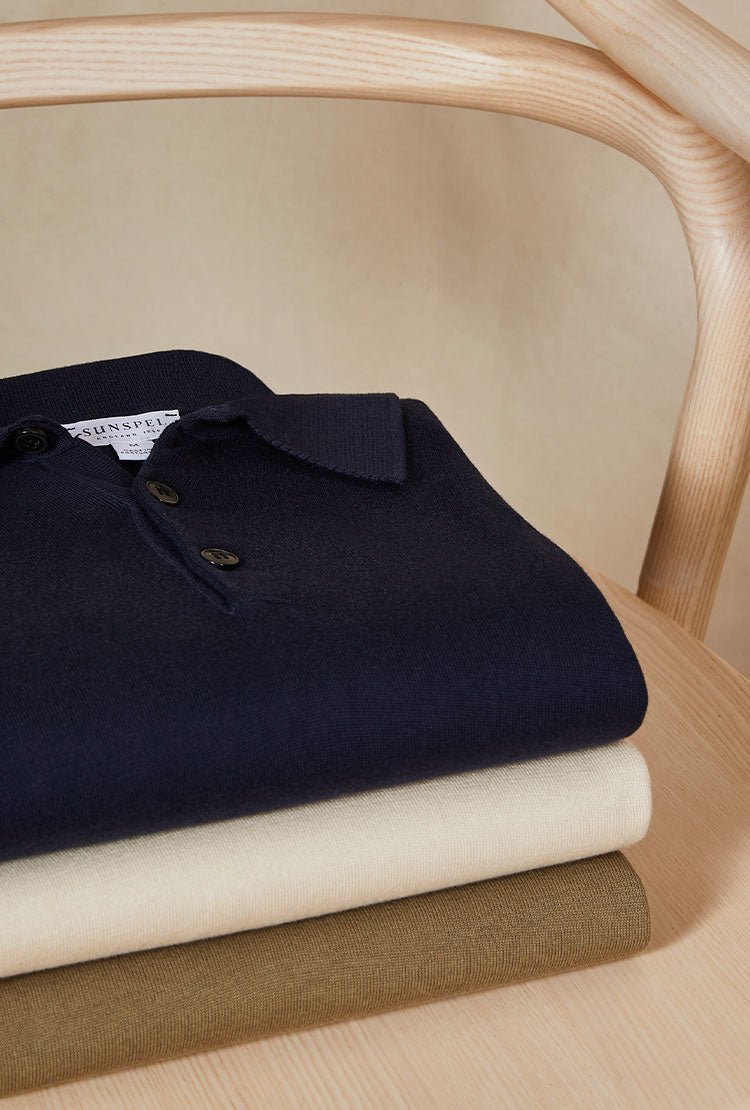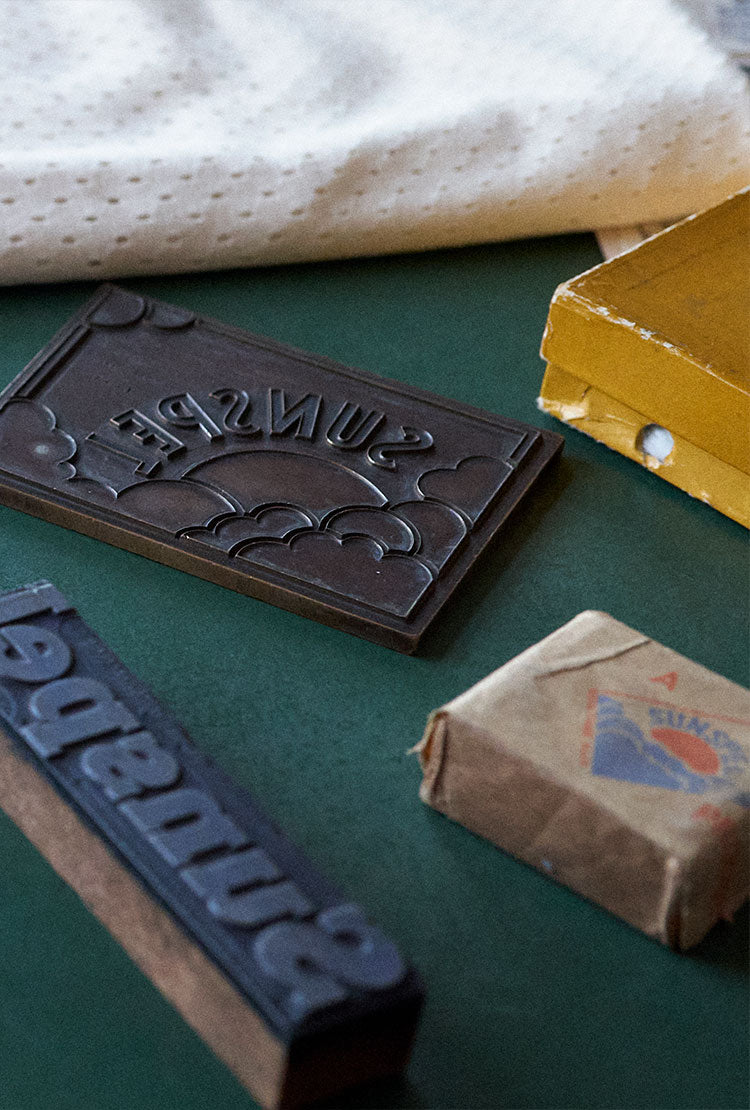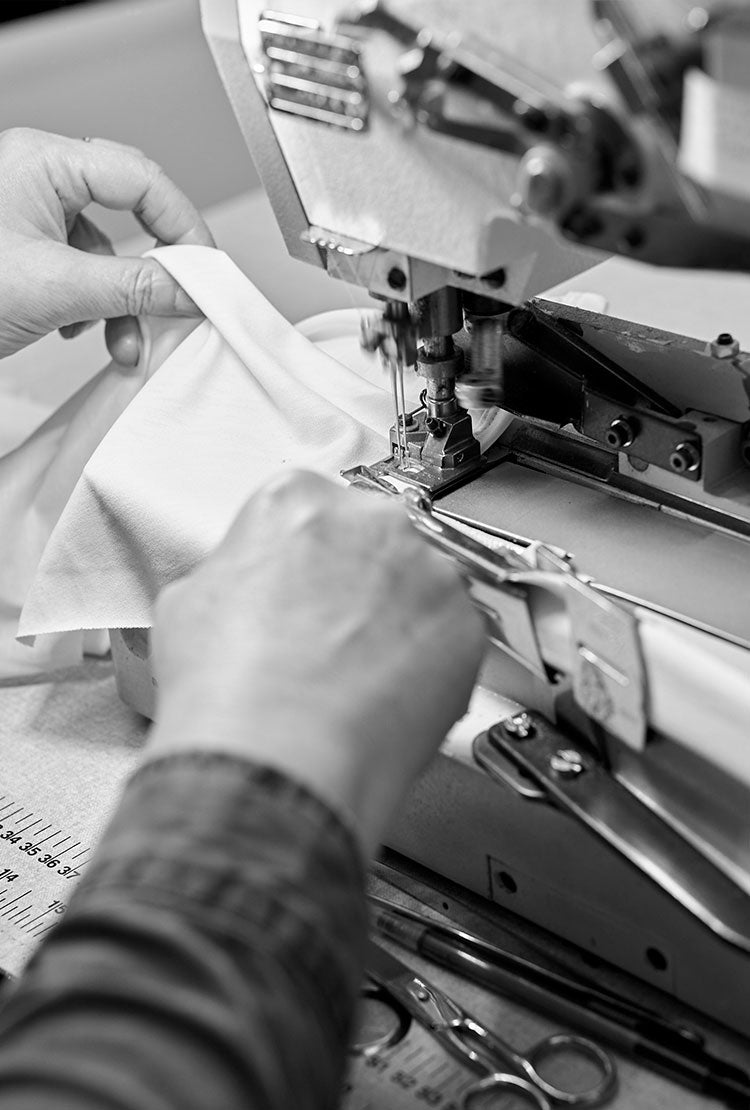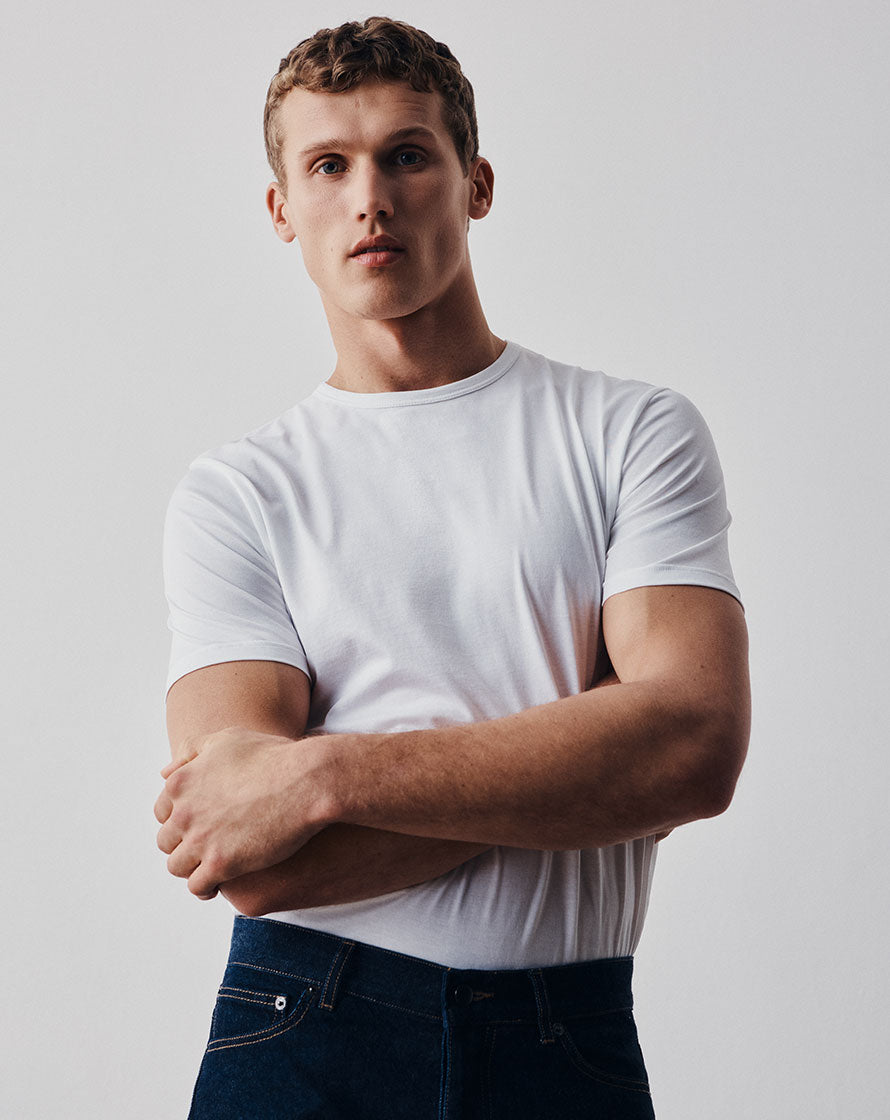Hiroshi Sugimoto and the art of craftsmanship
Craftsmanship is often forgotten, overshadowed by the faster and flashier, but Hiroshi Sugimoto’s exhibition at the Hayward Gallery reminds us just how important it remains.
At the beginning of the exhibition, there is an image showing a mass of writhing creatures, doing what exactly is unclear. If you look closely, you can see the upturned claws of a vulture. You can see the light curving gently around them. You can see each hair on the jackal’s ears and there’s a dash of feathered white on the crow’s back. In the distance, two lions slink away. The male has turned to watch the fight.
The image belongs to the Diorama series and is displayed at the opening of the Hayward Gallery’s Hiroshi Sugimoto retrospective. The photographs in the series, of animals in the wild, fill the viewer with a primal sense of awe. The vistas are sweeping, the animals perform immaculately, the light is magnificent and nature is at its finest. Which is ironic – because it’s all fake. The photographs were not made in the wild but in a museum. The animals are all stuffed, the backdrops are painted and the light is carefully engineered.

|
The first image of the series that Sugimoto made in 1976, is of a polar bear. As with all the others, the detail is impressive and as with the others, it’s an illusion. “My life as an artist began the moment I saw that I had succeeded in bringing the bear back to life,” Sugimoto said. Doing so wasn’t easy. He spent hours toying with a large-format camera and the framing, lighting and exposure of the photograph, but his efforts and expertise paid off. He turned a stuffed bear into something real. The exhibition is full of things Sugimoto has resuscitated. A portrait of Henry VIII hangs next to Anne Boleyn who is captured in the prime of her short-lived glory, while Napoleon, Fidel Castro and Salvador Dali all compete for attention as if they were in the room themselves.

|
The show is called ‘Time Machine’, and Sugimoto’s photographs certainly do play with our sense of time. They evoke a serene, almost eery nostalgia, an emotion of timelessness. It’s as if we are observing from outside time itself.
What was most interesting, however, was the technical skill that was quietly on display. It's easy to forget the importance of craftsmanship, it’s usually overshadowed by more obvious features – Napoleon’s nose for example, or how the creatures fighting over carrion are supposed to represent the New York art scene – but it’s the foundation on which everything rests. Sugimoto’s masterful abilities with the camera: his intimate knowledge of film types, exposure, light, chemistry, darkroom techniques and composition mean the possibilities open to him are endless. His craftsmanship is visible in the light on the vulture’s claws or the feathers on the crow’s back. Like anything great, the proof is in the details.
In a mass-produced world where attention to detail is often neglected in favour of the faster and flashier, Sugimoto’s exhibition is a powerful reminder that dedicated craftsmanship is still as valuable as ever.
